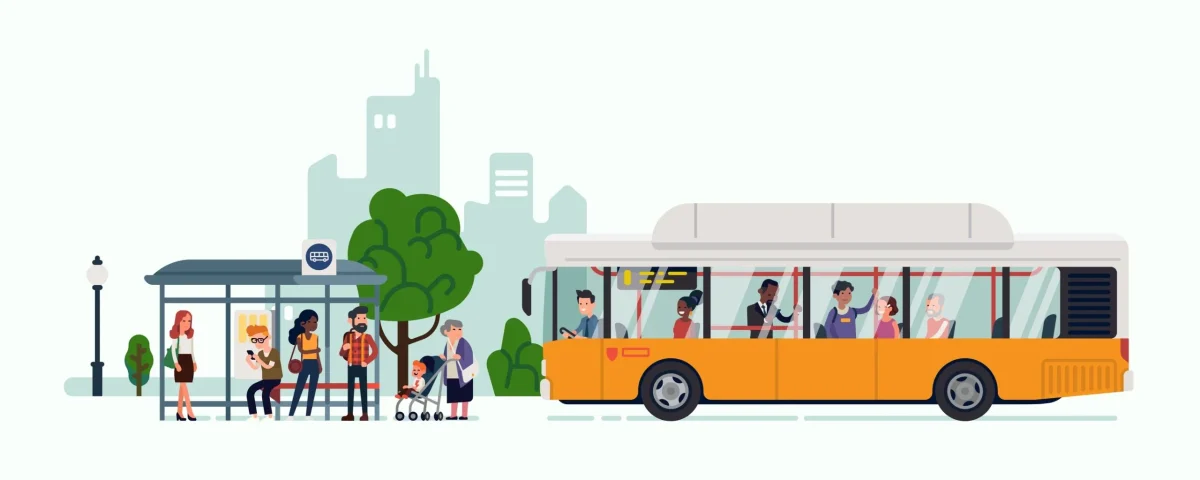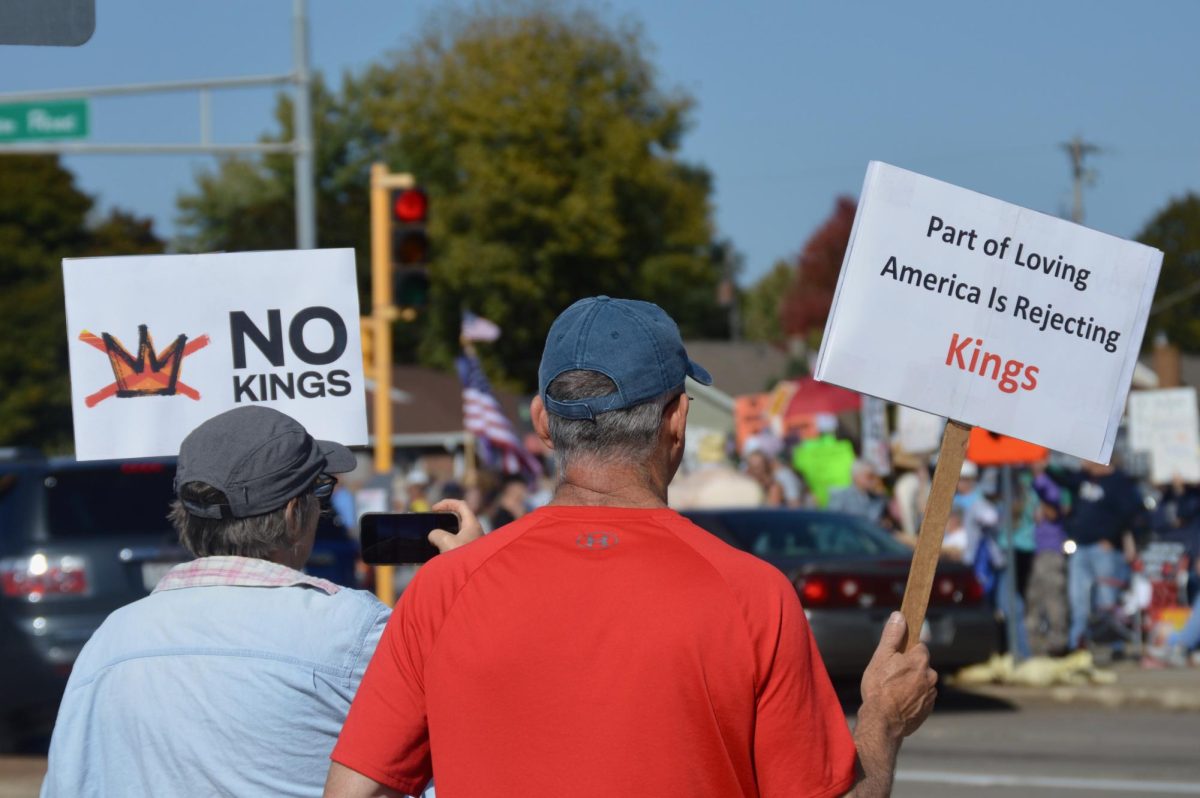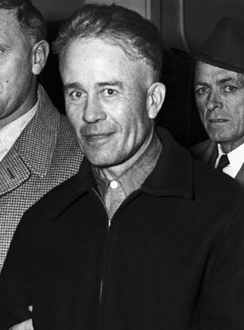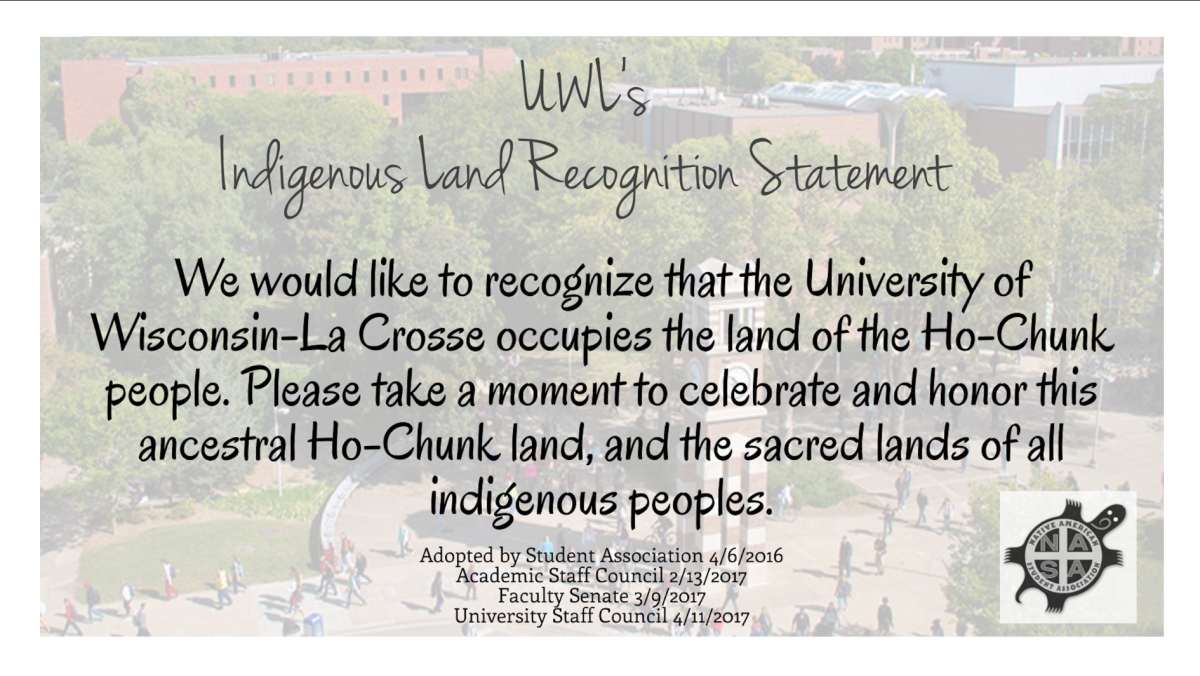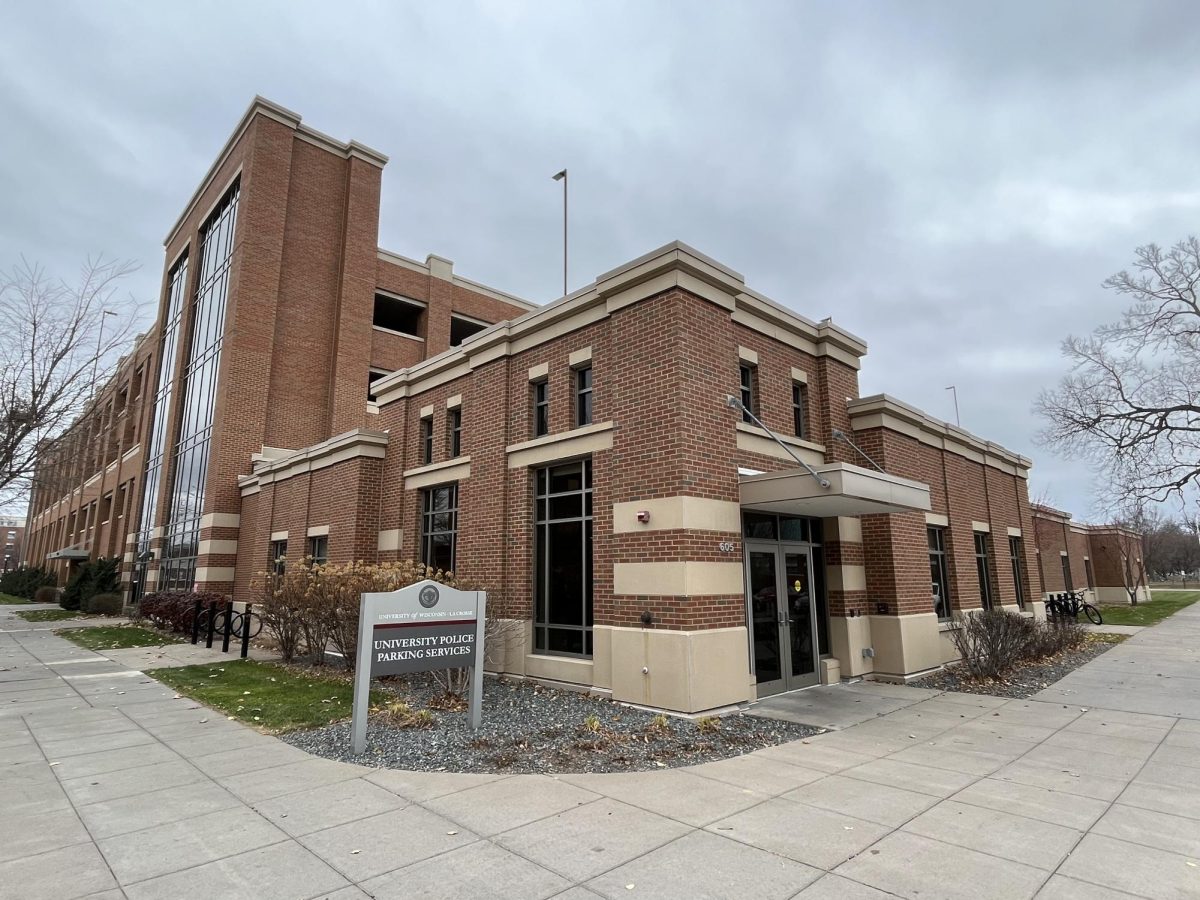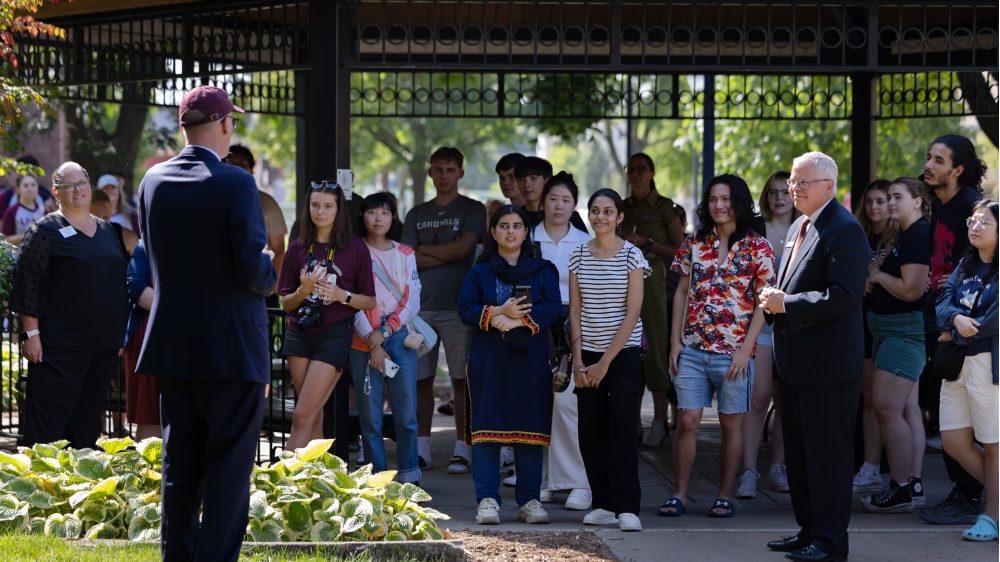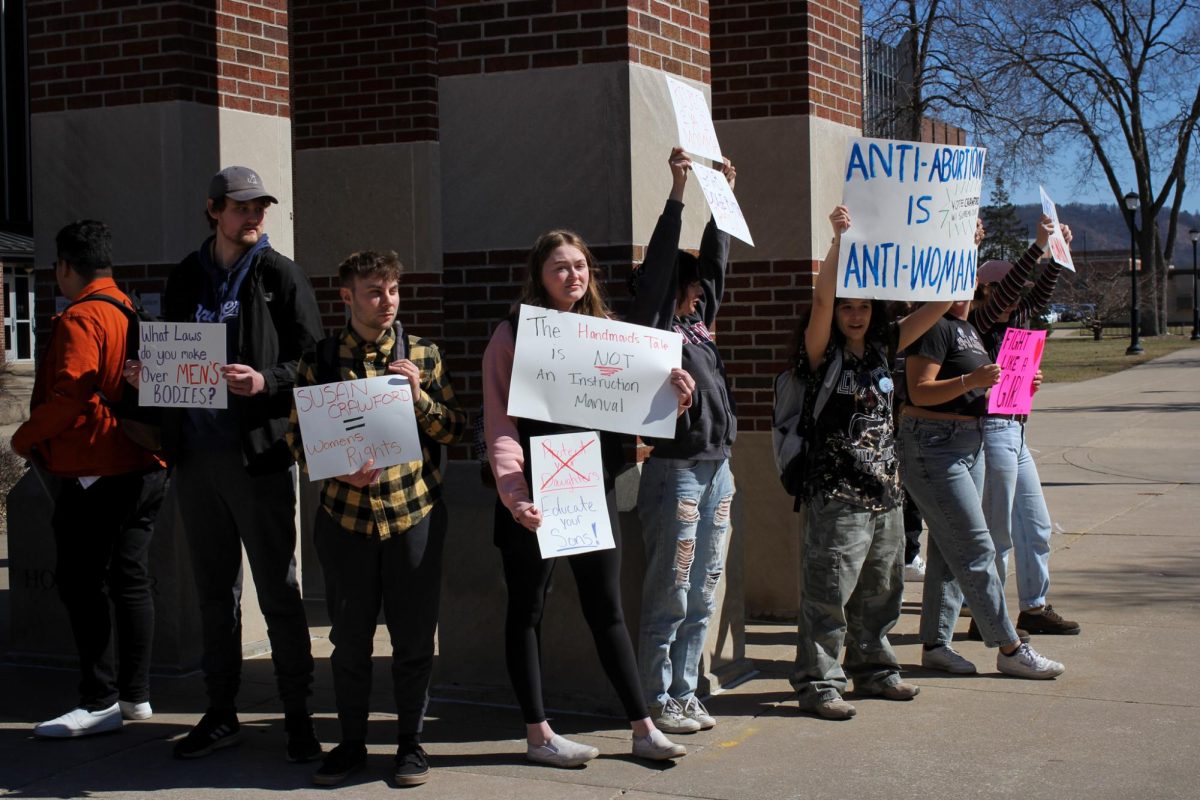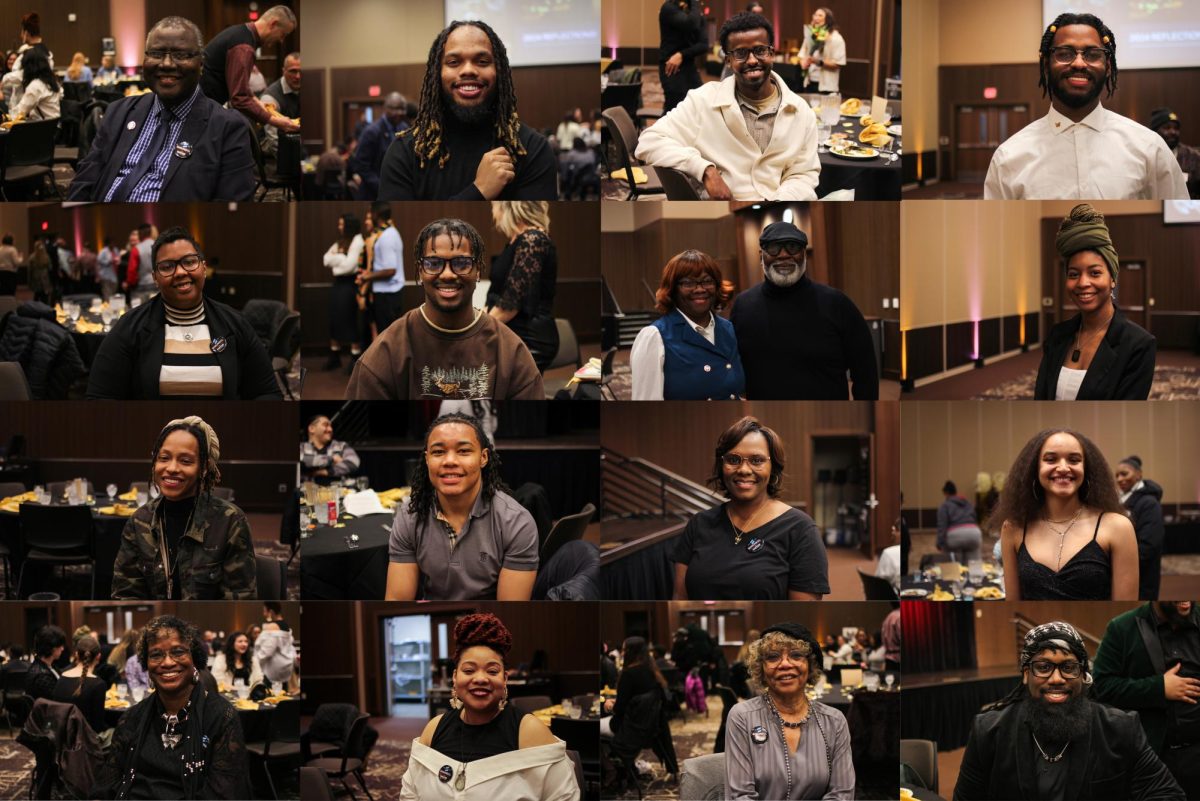‘Transit Equity Days’ is a week-long celebration in La Crosse, Wisconsin, and throughout the state with the “official” Transit Equity Day occurring on Feb. 4—the same day that Rosa Parks, an icon of transit equity and the “mother of the Civil Rights Movement”, was born 111 years ago.
Although many are familiar with the Civil Rights Movement from the 1950s, transit equity is a niche of the movement that may be less known by the general public. In 1841, the transit equity movement began when Frederick Douglass and his friend, James N. Buffum entered a train car designed for white passengers only. When the conductor ordered Douglass and Buffum to leave, they refused. This action led to similar ones on the Eastern Railroad.
With widespread action from people like Douglass and Buffum, the United States (U.S.) Congress eventually granted equal rights to people of color in public accommodations by passing the Civil Rights Act of 1875. However, in 1883, the U.S. Supreme Court overturned these equal rights declaring them as unconstitutional and unauthorized by the 13th and 14th Amendments in the U.S. Constitution.
On May 18, 1896, the U.S. Supreme Court established the “separate-but-equal” doctrine from the Plessy v Ferguson case. This new law made racial segregation constitutional under the Equal Protection Clause in the 14th Amendment.
Because of the new separate-but-equal doctrine, inequalities like the ones experienced by Douglass and Buffum persisted. In Dec. 1955 Rosa Parks was arrested after refusing to give up her seat to a white man on a city bus in Montgomery, Alabama. Her action led to the 381-day Montgomery bus boycott.
Before her arrest, Parks was not the only Black person who refused to give up their seat to a white person. On March 2, 1955, fifteen-year-old Claudette Colvin was arrested for her refusal to give up her seat on a city bus in Montgomery, Alabama. Colvin went on to be a witness in Browder v Gayle, the court case that eventually overturned racial segregation on public transportation.
Despite the ruling in Browder v Gayle, racial segregation continued to occur in the public transportation sector. In 1958, a Black law student was arrested for trespassing on the grounds of a restaurant within a train terminal. This arrest led to the Boynton v. Virginia case where the U.S. Supreme Court held that such segregation “violated the Interstate Commerce Act, which broadly forbade discrimination in interstate passenger transportation.” (Labor Network For Sustainability)
Now, the transit equity movement strives to provide “the same access to affordable and reliable transportation to everyone.” (U.S. Department of Transportation). In 2024, transit equity is viewed as an issue that intersects with other social movements like accessibility, environmental justice, economic justice and racial justice…just to name a few.
The utilization of public transit has multiple environmental benefits, including the reduction of greenhouse gas emissions and carbon dioxide (CO2). According to the Kansas City Area Transportation Authority (KCATA), “approximately 85 percent of greenhouse gas emissions from the transportation sector are related to the surface transportation system.”
If a person switched to public transportation from their 20-mile-commuting car, they could reduce their CO2 emissions by 20 pounds per day, or more than 48,000 pounds per year. This decrease in CO2 emissions would also decrease air pollution which disproportionately affects nonwhite populations, especially Black communities.
There are also economic benefits related to transit equity. According to inequality.org, “Public transit investments create huge economic ripple effects. The American Public Transportation Association estimates that every $1 invested generates $5 in economic returns. Better funding and (crucially) more ridership means more jobs and increased commercial activity.”
Finally, transit equity fosters accessibility allowing all people to have their needs met. According to Around the Sound, the “right to movement” is a human right, which means that any person with disabilities should have the ability to access every location of their liking.
Speaking upon the benefit of public transit, the University of Wisconsin-La Crosse Sustainability Program Manager, Andrew Ericson said:
“Transit Equity Days is such an important event that’s held in La Crosse and around the nation. Transit is a backbone resource for our community, and is an essential service. Accessibility to public transportation, or simply having more than one feasible option to get from point A to point B, benefits us all. Building a robust transportation system that meets the needs of its many different users, will no doubt save us all money, build better and more resilient communities and prevent harmful impacts to our environment.”
UWL Student Association (SA) Sustainability Director, Grace Lopez-Johnson also commented on the benefits of public transit. She said:
“Transit equity is vital in creating a more sustainable future that is accessible to all people. Having safe and reliable public transportation systems can help to remove barriers that prevent people from easily commuting to their workplace, school or appointments; especially for people like students who may not have access to a personal vehicle. Utilizing public transportation instead of relying on cars is beneficial for the health of the environment and is key in creating a socialized and thriving community.”

